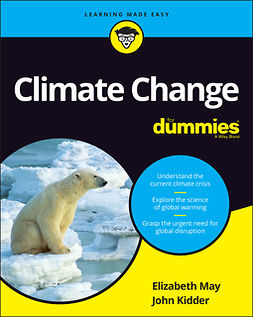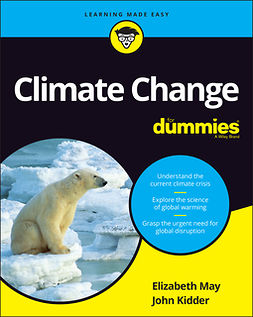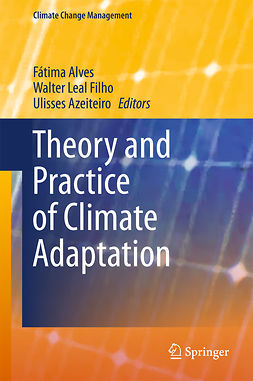Kintisch, Eli
Hack the Planet: Science's Best Hope - or Worst Nightmare - for Averting Climate Catastrophe
David Battisti had arrived in Cambridge expecting a bloodbath. So had many of the other scientists who had joined him for an invitation-only workshop on climate science in 2007, with geoengineering at the top of the agenda. We can't take deliberately altering the atmosphere seriously, he thought, because there’s no way we'll ever know enough to control it. But by the second day, with bad climate news piling on bad climate news, he was having second thoughts. When the scientists voted in a straw poll on whether to support geoengineering research, Battisti, filled with fear about the future, voted in favor.
While the pernicious effects of global warming are clear, efforts to reduce the carbon emissions that cause it have fallen far short of what’s needed. Some scientists have started exploring more direct and radical ways to cool the planet, such as:
· Pouring reflective pollution into the upper atmosphere
· Making clouds brighter
· Growing enormous blooms of algae in the ocean
Schemes that were science fiction just a few years ago have become earnest plans being studied by alarmed scientists, determined to avoid a climate catastrophe. In Hack the Planet, Science magazine reporter Eli Kintisch looks more closely at this array of ideas and characters, asking if these risky schemes will work, and just how geoengineering is changing the world.
Scientists are developing geoengineering techniques for worst-case scenarios. But what would those desperate times look like? Kintisch outlines four circumstances: collapsing ice sheets, megadroughts, a catastrophic methane release, and slowing of the global ocean conveyor belt.
As incredible and outlandish as many of these plans may seem, could they soon become our only hope for avoiding calamity? Or will the plans of brilliant and well-intentioned scientists cause unforeseeable disasters as they play out in the real world? And does the advent of geoengineering mean that humanity has failed in its role as steward of the planet—or taken on a new responsibility? Kintisch lays out the possibilities and dangers of geoengineering in a time of planetary tipping points. His investigation is required reading as the debate over global warming shifts to whether humanity should Hack the Planet.
Nyckelord: global climate change, global warming, fight against global warming, global warming controversy, global warming responses, responses to global warming, effects of global warming, global warming solutions, climate change solutions, climate change responses, responses to climate change, effects of climate change, global warming effects, global warming combat, climate change effects, reversing climate change, climate crisis, climate pact, climate pacts, atmosphere change, environment, save the environment, saving the environment, save the planet, saving the planet, greenhouse gas, greenhouse gas emissions, greenhouse effect, carbon emissions, carbon footprint, temperature change, ice caps, melting ice caps, Kyoto treaty, Kyoto protocol, Kyoto, extreme weather, species extinction, geoengineering, geoengineers, al gore, an inconvenient truth
- Författare
- Kintisch, Eli
- Utgivare
- John Wiley and Sons, Inc.
- Utgivningsår
- 2010
- Språk
- en
- Utgåva
- 1
- Sidantal
- 272 sidor
- Kategorier
- Naturvetenskaper
- Teknologi, energi, trafik
- Format
- E-bok
- eISBN (ePUB)
- 9780470618714
- Tryckt ISBN
- 9780470524268









